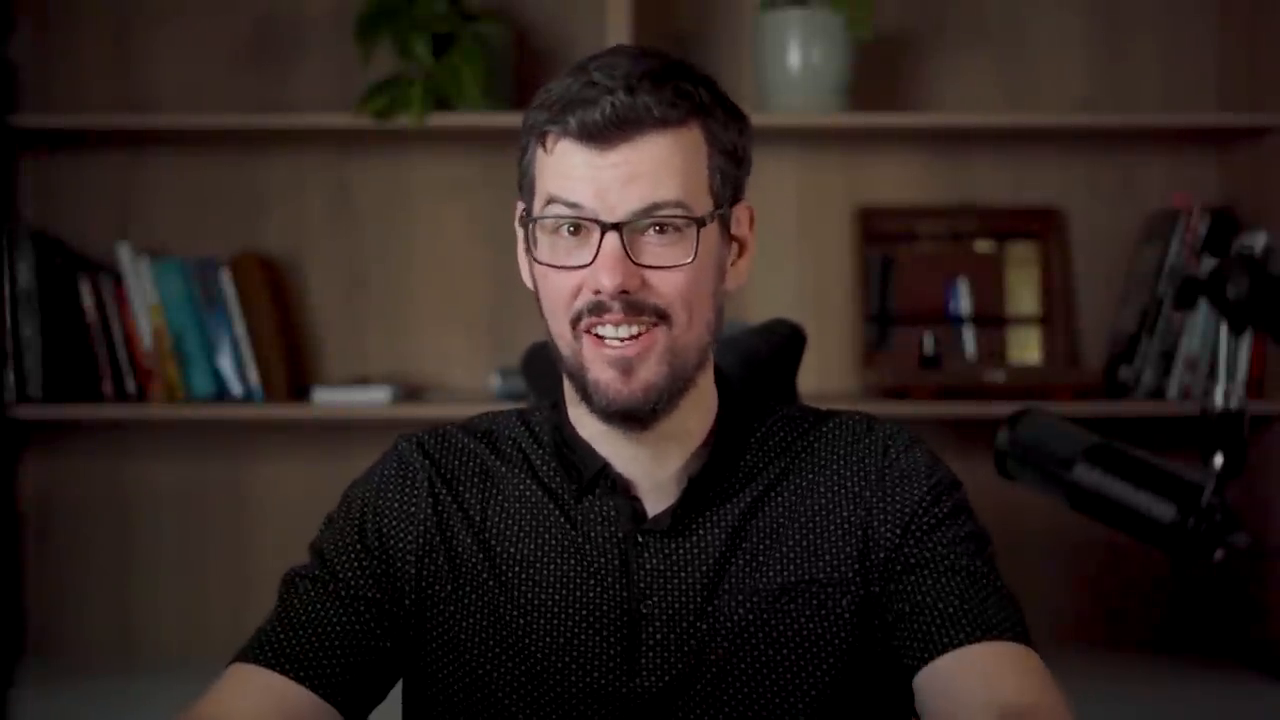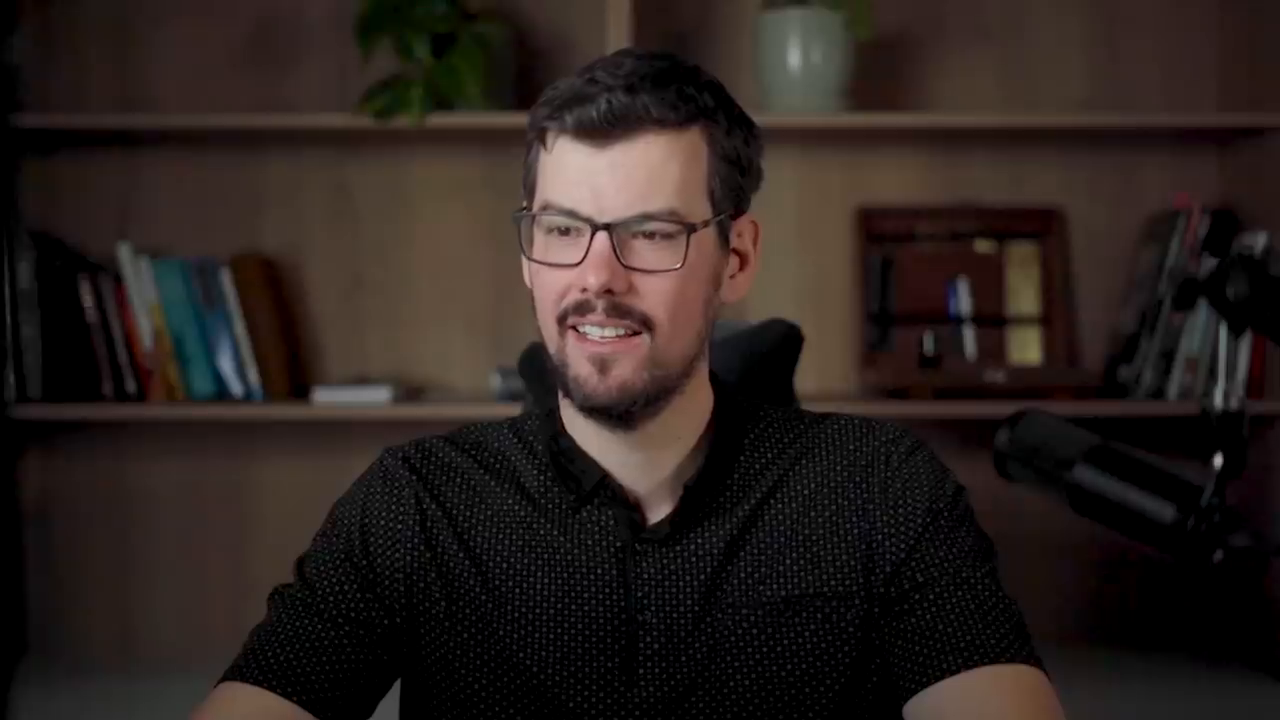How to rank #1 in Google with a beginner SEO technique
In today’s digital landscape, achieving the number one position on Google search results is vital for driving organic traffic and establishing authority. However, mastering SEO can often feel overwhelming for beginners. In this article, we explore a simple, beginner-friendly SEO technique that guarantees rapid progress if applied correctly. Based on a detailed video experiment by an SEO expert, this guide covers how you can rank for featured snippets—a prime spot in Google search results—and outlines actionable steps to replicate the strategy for any website effectively.

The video introduces the goal of ranking #1 in Google using beginner SEO strategies.
What are featured snippets, and why are they important?
Featured snippets, sometimes referred to as “position zero,” are concise blocks of text that Google displays at the top of search results in response to specific queries. Introduced in 2014, this feature condensed information from webpages into highlights, such as definitions, answers, or lists. Contrary to fears among marketers that snippets would reduce the need for users to click links, snippets often boost traffic by displaying a source link below the displayed summary.
The benefits of optimizing for featured snippets are remarkable:
- Increased visibility: Websites gain more attention as snippets place them prominently above other results.
- Enhanced credibility: By being identified as a source of relevant information, websites build authority and trust.
- Higher click-through rates (CTR): Snippets, combined with the associated link, attract users to visit the website.
- Voice search optimization: Studies reveal that nearly 40.7% of voice search results are derived from snippets, giving websites extra exposure in this growing search medium.
The origin of the technique
Two years ago, the video’s creator discovered this technique while assisting a client in a highly competitive niche. The client ranked for the term "Nibmeister" by simply optimizing their content with proper headings (H1 and H2 tags) and tweaking sentence structures for clarity. These changes enabled Google to quickly interpret the content and reward it with a number-one ranking. While the keyword had low search volume, impressions and clicks increased dramatically.
Thus began the realization: optimizing for featured snippets isn’t just about writing good content—it’s about structuring content so Google understands it.

The experiment’s origin story highlights how small optimizations brought big SEO wins.
Steps to target featured snippets
Google typically awards featured snippets to pages already ranking in the top 10. If your site isn’t yet in this category, steps such as creating in-depth content for long-tail keywords are recommended. By addressing common user questions and providing value, you increase your chances of ranking higher. Once your page ranks within the top 10, the following steps can help you secure the snippet position:
1. Identify snippet opportunities
Use tools like Google Search Console or third-party software such as Ahrefs. These tools let you analyze which keywords already trigger featured snippets, enabling you to identify opportunities to optimize your content.
2. Replicate the snippet’s format
Analyze the current snippet in Google search results. Is it a paragraph, a table, or a list? Format your content similarly to match the snippet structure.
3. Optimize headings and definitions
Ensure that headings use clear H2 or H3 tags with concise answers immediately below them. Providing value upfront increases your chances of claiming the snippet spot.
4. Make improvements based on data insights
Shorten unnecessary words, organize information using the inverted pyramid style (sharing key details first), and leverage strong images and backlinks to optimize your page.

The Ahrefs tool highlights keywords and snippet opportunities easily.
Real experiment: ranking 4 keywords in 7 minutes
The creator attempted to rank four pages for featured snippets with just 7 minutes of effort per page. The keywords chosen were:
- What is a patina on leather
- A4 notebook size
- Leather grades
- Oil vegetable leather
For each page that didn’t reach the first position within a week, they committed to giving a $1,000 reward to subscribers as part of an entertaining challenge. The process involved analyzing content formats used by existing top-ranking snippets and making similar adjustments to the competing content.
Experiment results
- Patina on leather: Despite earlier optimism, the page remained in the third position, failing to achieve snippet status.
- A4 notebook size: The page reached the top search result but did not receive the snippet spot. However, a win was still counted for gaining the first ranking.
- Leather grades: Initially unsuccessful, an updated snippet format required further adjustments. After a second check, the page eventually ranked #1 but missed the one-week deadline.
- Oil vegetable leather: The page gained the snippet, proving the tactic works with structured improvements.
This mixed outcome highlights that while practical and effective, SEO relies on testing, adjusting, and persistence to nail the results over time.
Best practices for snippet optimization
While the experiment had varying results, here are some key takeaways and best practices from the study:
- Headings matter: Use descriptive H2 tags directly before the answer or definition. Clear information makes pages easier for Google to process.
- Be concise, but comprehensive: Write direct definitions with enough depth to cover the topic. Removing fluff can help Google pinpoint valuable content.
- Experiment boldly: Remember, while there are SEO guidelines, nothing is predictable. Experiment often to learn what works best for your niche.
- Don't shy away from reformatting: If a snippet displays data in a list, table, or chart structure, adopt similar visual techniques to increase your chances.

Even small changes like headline adjustments significantly impact SEO results.
Challenges in ranking for featured snippets
Despite the simplicity of the experiment, it underscores a crucial lesson: Search engines like Google operate using nuanced algorithms, making results more unpredictable than linear. As revealed by the creator, factors such as timing, competitor activity, and the specific nature of the content all play vital roles. Leveraging large datasets from tools like Ahrefs ensures you stay data-informed while making improvements.

Checking post-change status on Google reveals the need for constant iteration.
Conclusion: this beginner SEO technique works—but with patience
Featured snippets are a golden opportunity to take up prime real estate in Google search results. By focusing on what Google prioritizes—clarity, value, and proper formatting—it’s possible to achieve rankings even with beginner-level skills. While some webpages might achieve success instantly, others may require ongoing iteration. The ultimate takeaway? Persistence is as critical as strategy in SEO success.
If you're ready to experiment and build up your authority in search rankings, applying these methods might be your shortcut to success—quite literally! Beginners, embrace this simple tactic and “rank zero” your way to organic traffic and growth.
Lastly, always remember: "If it doesn’t work now, try again. Growth in SEO is constant learning and improvement."
